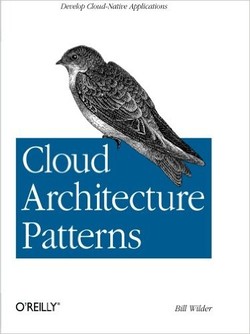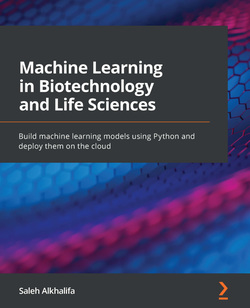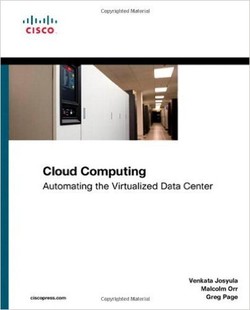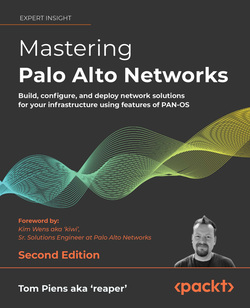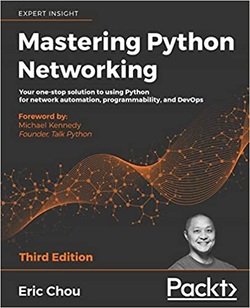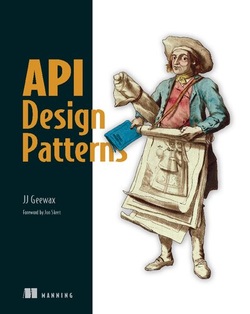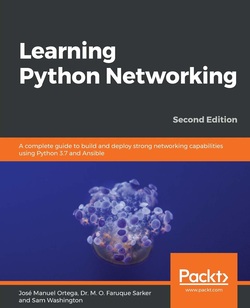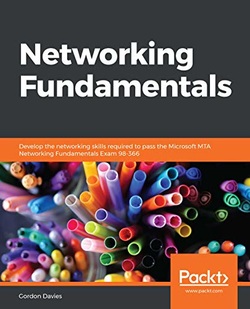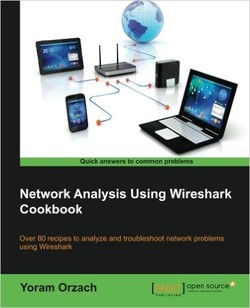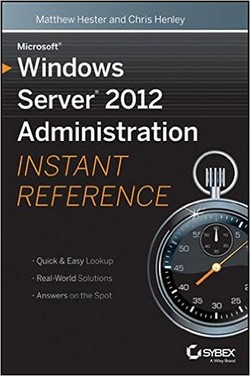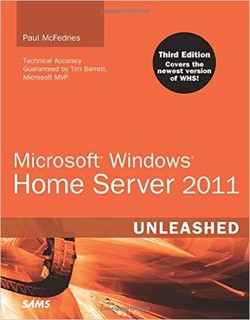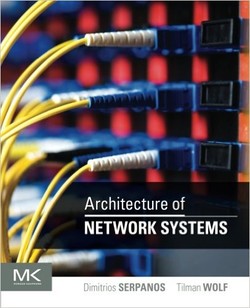اگر تیم شما در حال بررسی راههای مختلف برای طراحی اپلیکیشنهایی در جهت گسترش کارایی سرویسهای ابری است، این کتاب مفید، 11 الگوی معماری معرفی میکند که میتواند به شما در کسب مزایا از سرویسهای ابری کمک کند.
شما یاد خواهید گرفت که چگونه هر کدام از این الگوها کار میکنند، کاربرد آنها در چه زمانی در ابر مفید است و چه تاثیراتی میتوانند بر روی معماری اپلیکیشنهای شما داشته باشند. شما همچنین یک مثال از هر الگو خواهید دید که در یک اپلیکیش ساختهشده با ویندوز آزور اجرا شده است. الگوها به چهار موضوع اصلی ازجمله مقیاسپذیری، کنترل شکست، داده بزرگ و کاربران توزیع شده، سازماندهی شدهاند. همچنین در ابتدای هر فصل پیشزمینهای از هر موضوع ارائه میشود.
با اطلاعات موجود در این کتاب، شما قادر به تصمیمگیریهای آگاهانه برای طراحی اپلیکیشنهای ابری خواهید بود که ارزش سرویسهای ابری را به حداکثر میرساند. و درعینحال توجه خاصی به تجربه کاربر و بازده عملیاتی دارید.
شما یاد خواهید گرفت که چگونه هر کدام از این الگوها کار میکنند، کاربرد آنها در چه زمانی در ابر مفید است و چه تاثیراتی میتوانند بر روی معماری اپلیکیشنهای شما داشته باشند. شما همچنین یک مثال از هر الگو خواهید دید که در یک اپلیکیش ساختهشده با ویندوز آزور اجرا شده است. الگوها به چهار موضوع اصلی ازجمله مقیاسپذیری، کنترل شکست، داده بزرگ و کاربران توزیع شده، سازماندهی شدهاند. همچنین در ابتدای هر فصل پیشزمینهای از هر موضوع ارائه میشود.
با اطلاعات موجود در این کتاب، شما قادر به تصمیمگیریهای آگاهانه برای طراحی اپلیکیشنهای ابری خواهید بود که ارزش سرویسهای ابری را به حداکثر میرساند. و درعینحال توجه خاصی به تجربه کاربر و بازده عملیاتی دارید.
سال انتشار: 2012 | تعداد صفحات: 182 | حجم فایل: 24.91 مگابایت | زبان: انگلیسی
Cloud Architecture Patterns: Using Microsoft Azure
نویسنده
Bill Wilder
ناشر
O’Reilly Media
ISBN10:
1449319777
ISBN13:
9781449319779
